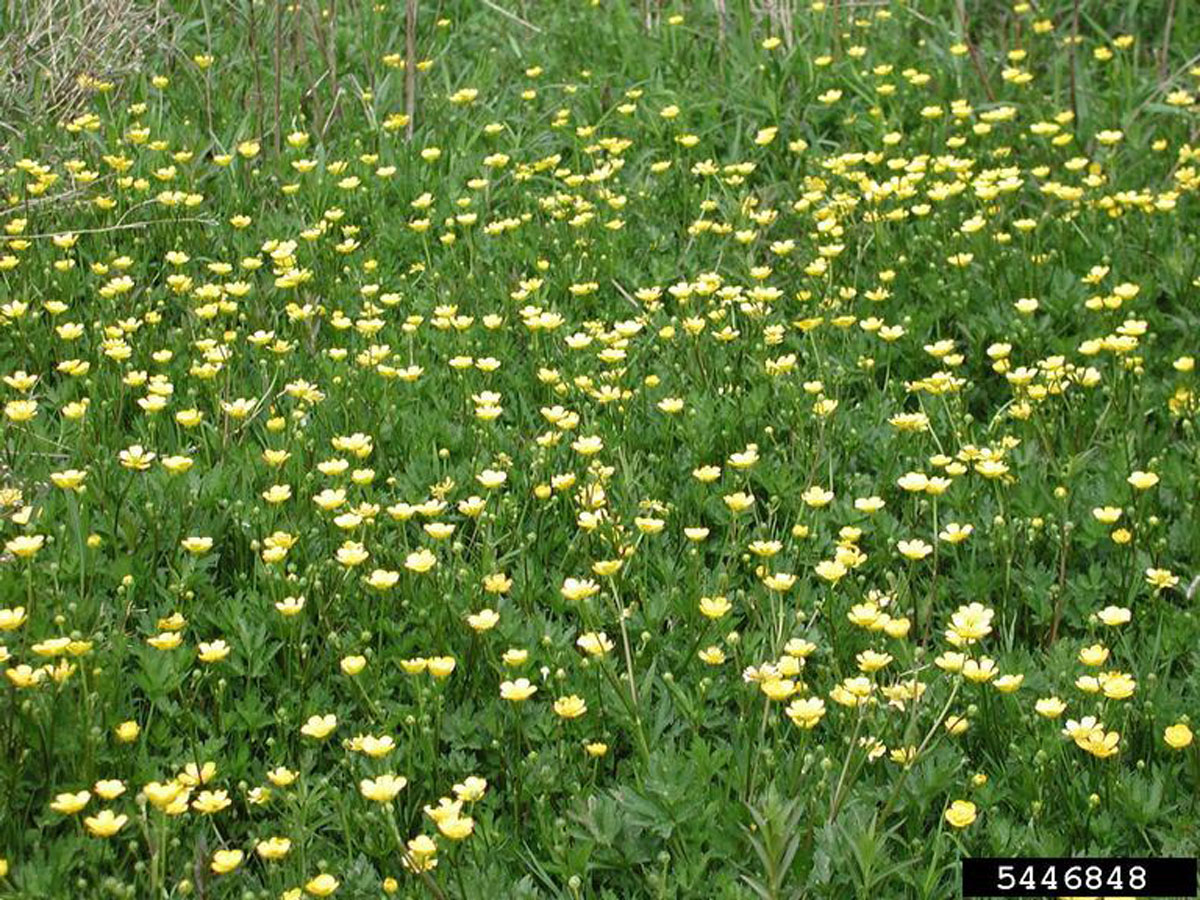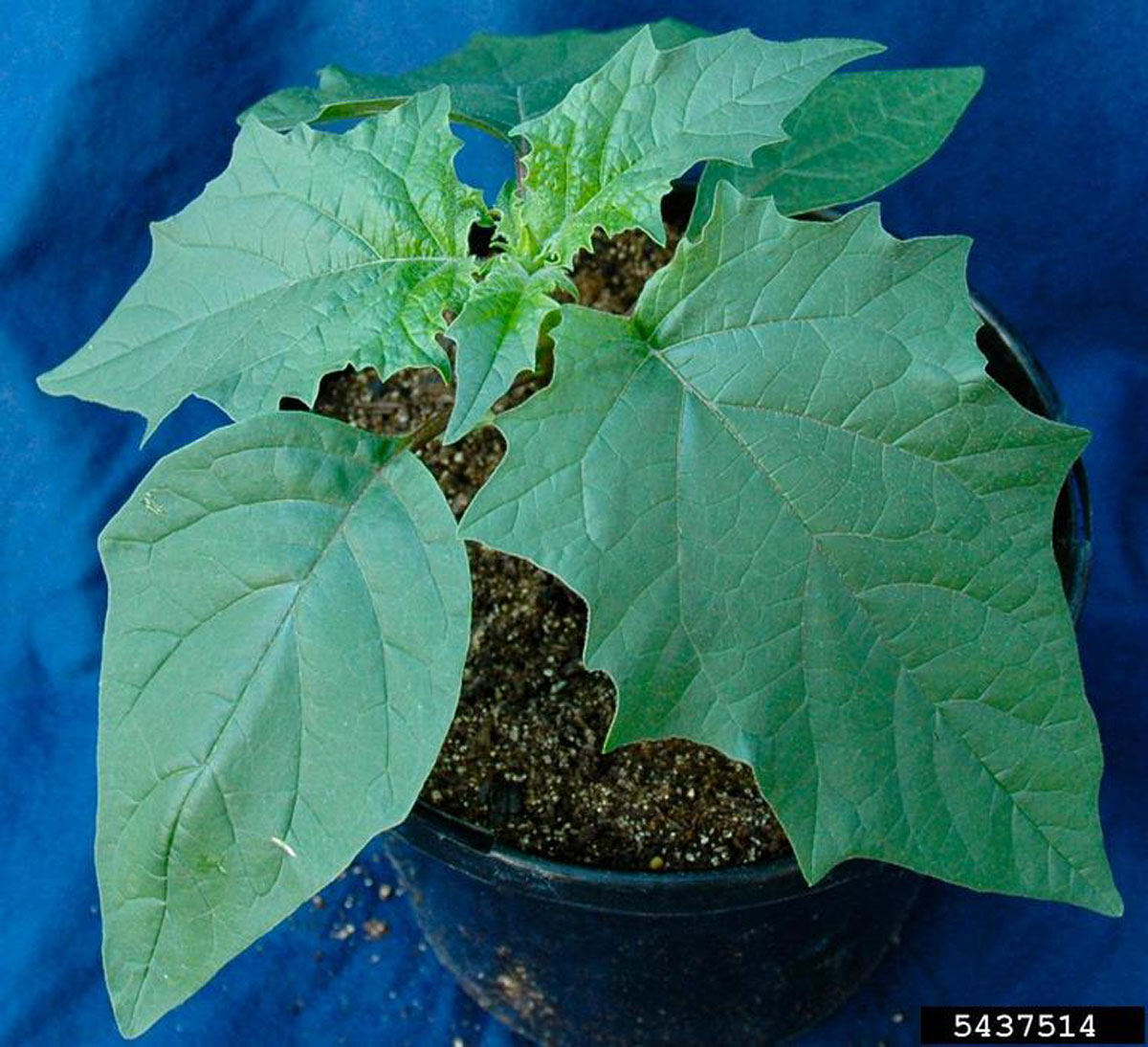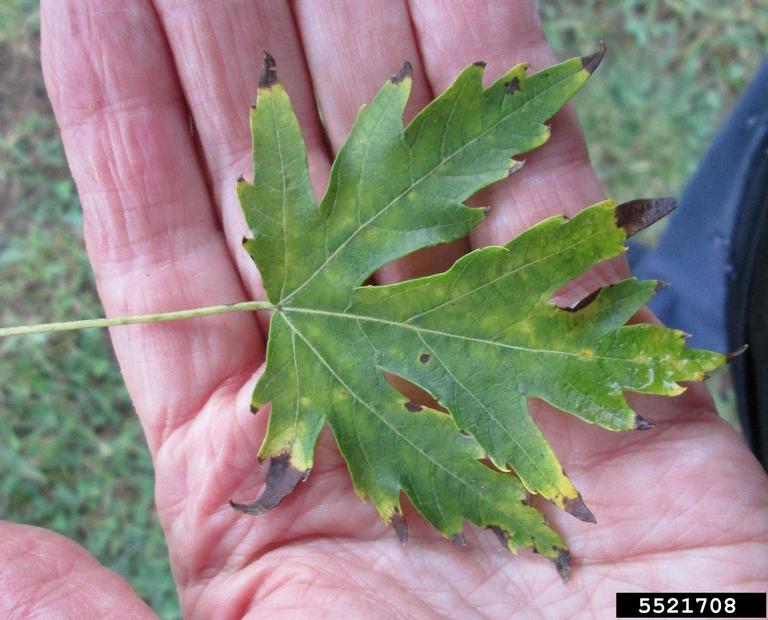
There are numerous poisonous plants in horse pastures all over the United States. The good news is that most are unpalatable and horses tend to selectively graze around them and never consume them. However, in pastures that are overgrazed, horses might start to nibble at some of these toxic plants. Also, if these plants are in hay fields and get mixed into hay bales, it becomes more difficult for horses to eat around them.
The adverse effects to the horse range widely with the amount of ingestion and often the environmental conditions the plant was grown under (drought typically increases the poison concentration in some plants). Other factors that can affect toxin level include stage of growth, season and fertilization, part of the plant eaten, as well as boredom, age and general health of the horse.
While the effect on the horse will depend on the amount ingested and the amount of toxin accumulated in the plant, most toxins primarily attack the major systems in the horse, such as the respiratory, cardiac and digestive systems.
Weeds can be classified as annuals or perennials. Annual plants are plants with a life cycle that lasts only one year. They grow from seed, bloom, produce seeds and die in one growing season. Perennials are plants that persist for many growing seasons. Generally, the top portion of the plant dies back each winter and regrows the following spring from the same root system.
A Few Common Toxic Plants
Found In or Near Horse Pastures
Buttercups: The Buttercup causes oral irritation when chewed, and horses rarely consume the plant because it is unpalatable. The toxic component is in the fresh leaves and flowers, but they lose toxicity when dried for hay. Clinical signs of buttercup poisoning include increased salivation, decreased appetite, colic and diarrhea.
Jimsonweed: Jimsonweed can be recognized by its distinctive tree-like shape, white or purple trumpet-like flowers and prickly seed capsules. All parts of the jimsonweed plant are poisonous to horses and humans. Clinical signs of poisoning in horses include a weak, rapid pulse, dilated pupils, dry mouth, incoordination, diarrhea, convulsions, coma and sometimes death. Jimsonweed has a foul odor and taste, and horses rarely consume it if they have other quality forage.

Nightshade Family: The nightshade family contains many toxic plants, including horse nettle, black nightshade, bittersweet nightshade, some species of groundcherry, and even tomatoes and potatoes. The plant affects the central nervous system and the gastrointestinal tract. It is estimated that one to 10 pounds of ingested plant material is fatal for horses. Some clinical signs of poisoning include dilation of pupils, diarrhea, loss of appetite and loss of muscular coordination.
Black Walnut: The bark, woods, nuts and roots of the black walnut tree contain a toxic compound. Horses are primarily exposed through black walnut shavings mixed in with other shavings as bedding. Clinical signs of exposure include depression, lethargy, laminitis, swelling of the lower limbs, and increased temperature, pulse, respiration rate, abdominal sounds, digital pulse and hoof temperature. Symptoms usually disappear within hours after the horse is removed from the shavings; however, laminitis can present further problems. Since the bark and nut hulls from the black walnut are toxic, these trees should be removed from horse pastures as a precaution.
Maple Trees: Maple leaves are highly toxic, particularly when they are in a stressed state prior to dying (e.g. leaves on a fallen tree limb lying in a pasture or during the fall). Fallen and dead leaves remain toxic for about a month and cause severe kidney damage if ingested in large quantities. It is estimated that an adult horse needs to consume 1.5 pounds of leaves or more to become poisoned. Clinical signs of toxicity include depression, lethargy, increased rate and depth of breathing, increased heart rate, jaundice, dark brown urine, coma and death.

To get a complete list of toxic plants in your area contact your local extension office.
This article was written by Dr. Tania Cubitt. For additional information on Standlee Premium Western Forage, visit www.standleeforage.com.


